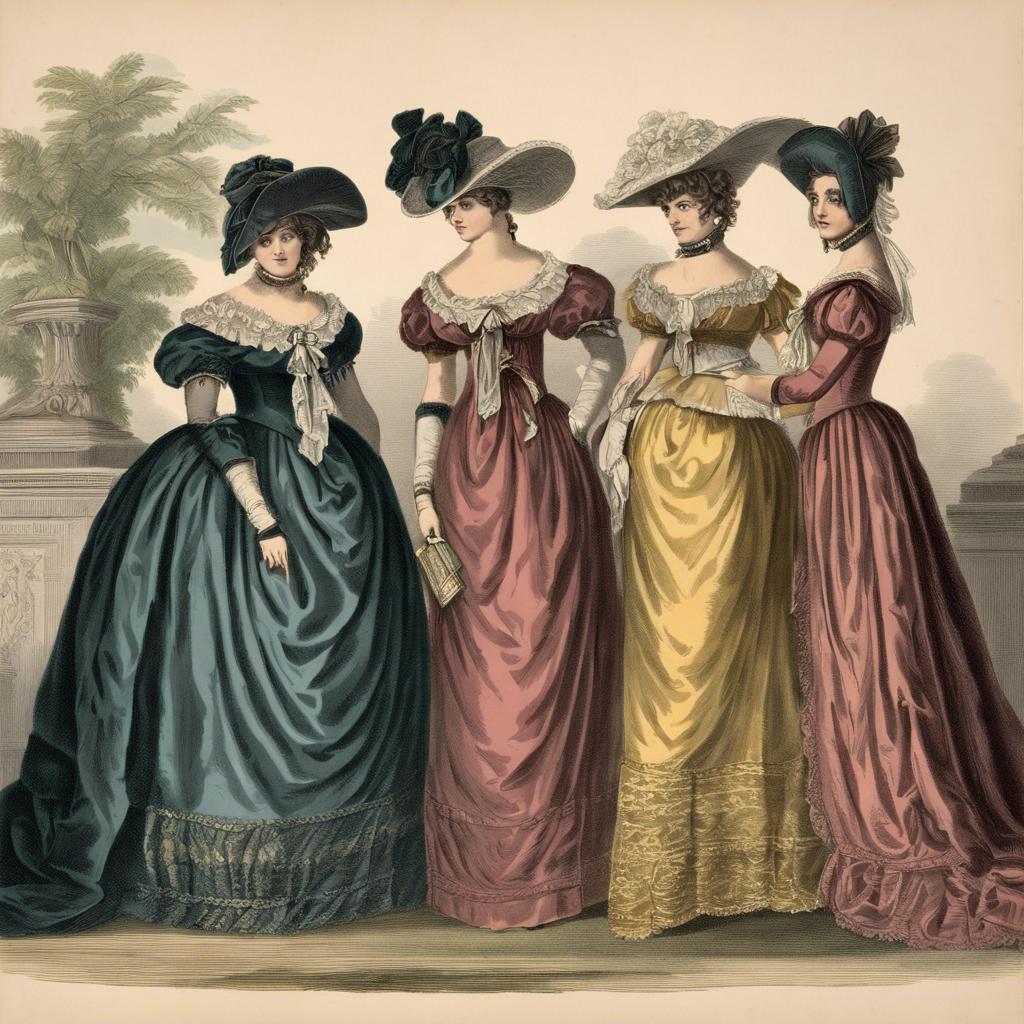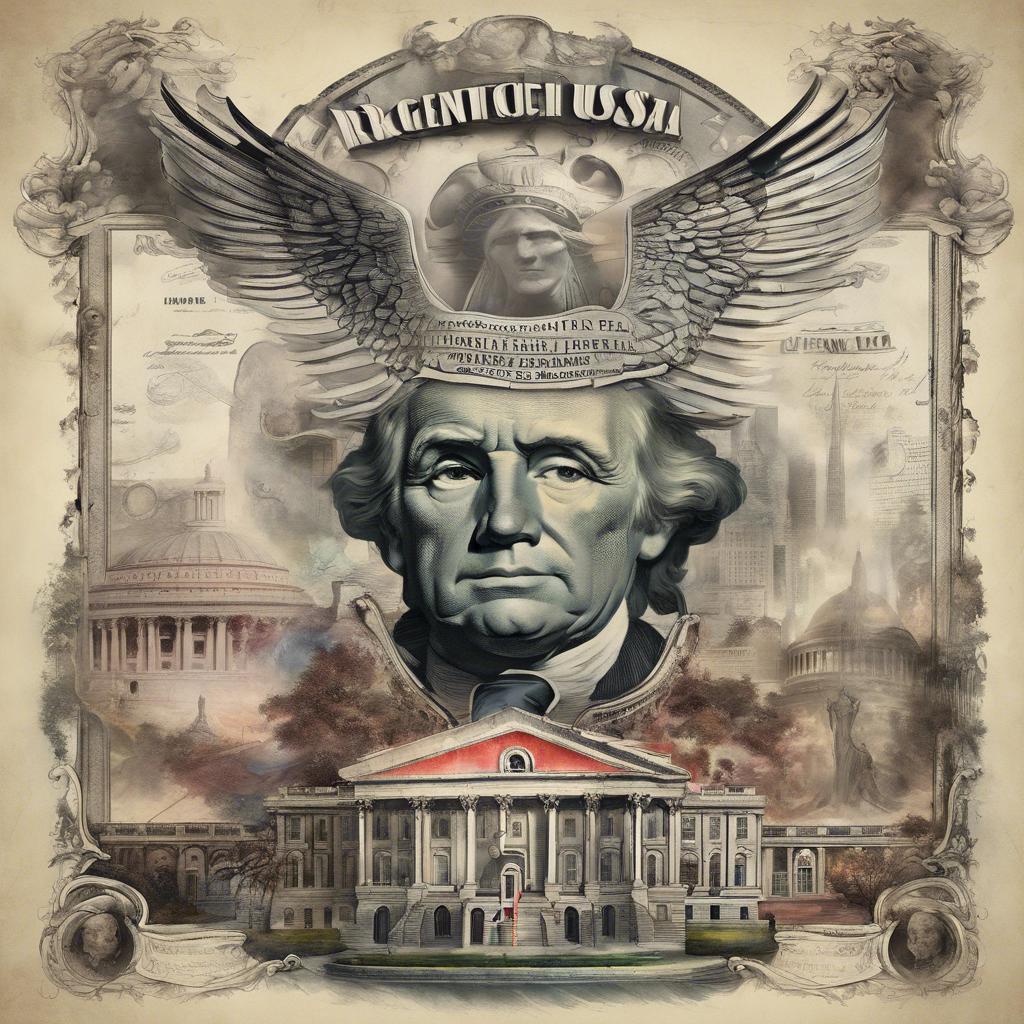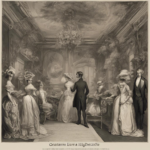During the early 19th century, the United States experienced a period of cultural and political change known as the Regency Era. Influenced by European trends and the aftermath of the War of 1812, this era witnessed significant developments in art, architecture, and fashion. Join us as we delve into the complexities and nuances of the Regency Era in the United States, exploring the key players, events, and societal shifts that defined this transformative period in American history.
Step Into the World of Cheryl Bolen
Dive into the enchanting stories of love, intrigue, and elegance set in the Regency Era. Cheryl Bolen's novels offer timeless romance and captivating tales that will leave you wanting more.
Explore Cheryl Bolen's Books Now
Emergence of Regency Era Fashion in the United States
The Regency Era fashion in the United States was heavily influenced by the styles popular in England during the early 19th century. Women’s fashion saw a shift towards high-waisted dresses with flowing skirts, empire waistlines, and delicate fabrics such as muslin and silk. Men’s fashion also evolved during this time, with men opting for more tailored suits, cravats, and top hats.
One of the key features of Regency Era fashion in the United States was the emphasis on simplicity and elegance. Women often wore soft, pastel colors and delicate accessories such as gloves, shawls, and parasols. Men’s fashion, on the other hand, focused on clean lines, neutral colors, and fine tailoring. This attention to detail and refinement elevated the overall look of fashion during this period.
Despite the British influence on Regency Era fashion in the United States, American fashionistas began to put their own spin on the trends. Women started incorporating American-made fabrics and accessories into their ensembles, while men experimented with different cuts and styles to create a unique look. This fusion of British sophistication and American innovation helped shape the fashion landscape during the Regency Era in the United States.
Exploring the Influence of British Culture on American Society
The Regency Era in the United States, which roughly spans from 1811 to 1820, was a period marked by significant influence from British culture on American society. One of the key aspects of this influence was the adoption of British fashion trends among wealthy Americans. Men began wearing tailcoats, waistcoats, and top hats, while women donned empire-waist dresses inspired by the styles popularized in England during the same period.
Alongside fashion, British literature and art also played a major role in shaping American society during the Regency Era. Works by renowned British authors such as Jane Austen and Sir Walter Scott gained popularity in the United States, leading to a surge in interest in romantic novels and historical fiction. Additionally, American artists began incorporating elements of British Romanticism into their work, resulting in a new wave of artistic expression that mirrored the trends across the Atlantic.
Furthermore, the influence of British culture during the Regency Era extended to architecture and social customs in the United States. Wealthy Americans sought to emulate the grandeur of English country estates, leading to the construction of stately homes and mansions that echoed the architectural style prevalent in Britain at the time. Additionally, social gatherings and leisure activities among the elite were often modeled after British traditions, further solidifying the impact of British culture on American society during this period.
Notable Figures of the Regency Era in the United States
During the Regency Era in the United States, there were several notable figures who left a lasting impact on the nation’s history. These individuals were influential in shaping the political, social, and cultural landscape of the time.
- Thomas Jefferson: The third President of the United States, Jefferson was a key figure in the early years of the Regency Era. Known for his role in drafting the Declaration of Independence and expanding the nation through the Louisiana Purchase, Jefferson’s presidency was marked by his commitment to individual rights and limited government.
- Dolley Madison: As the wife of President James Madison, Dolley Madison was a prominent social figure during the Regency Era. Known for her charm and hospitality, she played a significant role in shaping the cultural scene of Washington, D.C., and was instrumental in defining the role of the First Lady.
- John Marshall: Serving as the Chief Justice of the Supreme Court during the Regency Era, Marshall was a key figure in establishing the principle of judicial review. His decisions, such as in the landmark case Marbury v. Madison, helped to solidify the power of the federal courts and shape the balance of powers within the government.
Tips for Hosting a Regency Era Themed Event in Modern Times
Organizing a Regency Era themed event in modern times can be a delightful and elegant affair. To transport your guests back to the early 19th century, attention to detail is key. Start by selecting a venue that exudes old-world charm, such as a historic mansion or ballroom. Decorate the space with delicate floral arrangements, candelabras, and classic Regency era furniture.
Create an atmosphere of refinement and sophistication by encouraging guests to dress in Regency era attire. Ladies can don empire waist gowns, gloves, and feathered tiaras, while gentlemen can sport tailcoats, top hats, and cravats. Consider hiring a dance instructor to teach guests popular dances of the era, such as the waltz and quadrille, for a truly immersive experience.
For the menu, serve traditional English dishes like beef Wellington, roasted pheasant, and trifle accompanied by fine wines and champagne. Enhance the ambience with live classical music or a string quartet playing popular tunes from the Regency era. With careful planning and attention to detail, your Regency Era themed event is sure to be a memorable and sophisticated affair.
Insights and Conclusions
the Regency Era in the United States was a time of significant social, political, and cultural change. From the rise of influential figures like James Madison and Dolley Madison to the expansion of trade and commerce, this period laid the foundation for the growth and development of the nation. As we reflect on this pivotal era, let us remember the challenges and triumphs that shaped the course of American history in the early 19th century. The legacy of the Regency Era lives on in our understanding of democracy, individual rights, and the enduring ideals that continue to define our nation to this day.


